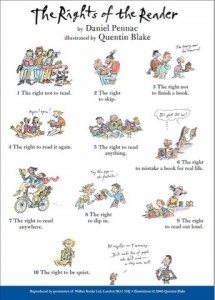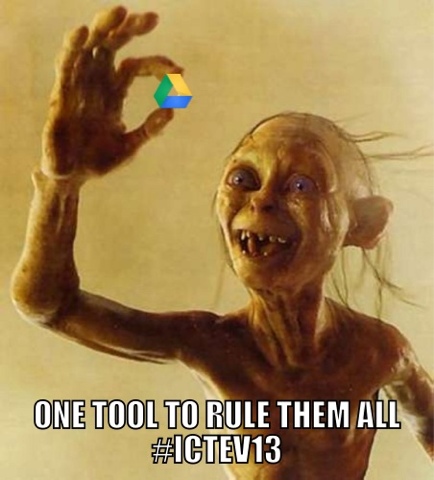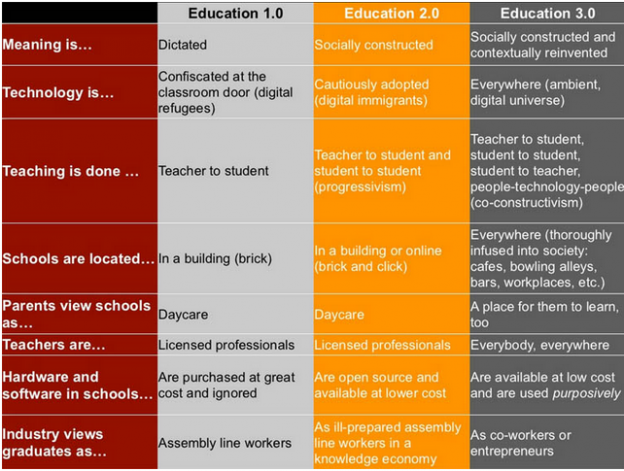Conferencing, the CAFE Way
A few years ago daily conferencing sessions came to the classroom with a whirlwind of change. Along with a plethora of comprehension strategies, it was argued by the local region that regular reading and direct teacher instruction would lead to an overall improvement in student reading levels. This change was all based around the work of Gail Boushey and Joan Moser and their book The CAFE Book: Engaging All Students in Daily Literary Assessment and Instruction.
Boushey and Moser divide the act of reading into four clear areas: comprehension, accuracy, fluency and expanding vocabulary. This is where the acronym, CAFE, comes from. Associated with the focus on the different areas of reading, the program also has a big emphasis on making thinking visible, particularly through the use of tracts. Overall, there has been many successes since the initial implementation, the most obvious of which is that students now sit and read uninterrupted for fifteen minutes each day. However, looks can sometimes be deceiving, for when you dig just beneath the surface, there is an issue that seems to be raising up again and again, the issue being the lack of responses and deep student engagement with the program.
Conferencing, Whose Problem Is It?
If you go back to Boushey and Moser, their program was originally devised to be run for an hour a day – something not possible in a Secondary environment – where you would meet with four students, therefore meeting with every student at least every fortnight. In the Secondary classroom, the time allocated to reading only allows for one student conference per day. Subsequently, you are only able to see each student maybe twice a term. One of the problems that arises with this is that students can go for a month without conferring with a teacher, but more importantly, actually responding to the text. For many students, the time spent with the teacher is the only time that they ‘respond’ to their texts in any sort of meaningful and explicit manner. Even though responding is stipulated as a requirement at the start of each year and set as a ‘goal’ for many students through the conferencing process, a lot of students simply ignore it as there is no direct consequence. Before I move on, I just wish to clarify what I mean by ‘responding’. To me responding can be anything ranging from using tracks to record new words to writing reviews of their books once they have completed a text. Basically, any form of explicit action taken while reading, in regards to the conferences, this action is usually in a verbal manner. This all begs the question, whose problem is this? We talk about problems all the time and finding answers and solutions. However, the issue with this problem is that no one quite owns it. Without any direct ties to curriculum, a part from an informal association with English, who owns it? Does the problem reside with the teacher facilitating the conference and setting the goals or with the student reading but not responding?
Real and Imaginary Reading
One of the big criticisms that students often raise is that ‘leaving tracks’ is not real reading, that is, it is not natural to stop reading midstream to jot down a question or make a connection. Firstly, I’d argue that many of our habits are learnt and not necessarily natural. While secondly, It is not the ‘done thing’ amongst teachers either in the classroom or within their personal reading. I maybe wrong, but I know many teachers who practise a ‘do as I say, not do as I do’ approach to such learning. This may work with tasks where the explicit goal is set within the task through assessment rubrics. However, this does not necessarily work when the task at hand is open-ended, primarily driven by the student and does not have a clear end in sight.
Originally, I thought that the answer was to create a collaborative document using Google Drive to share the goals and touch base with students in between conferences by getting them to record their responses. However, what I found was that most students who I conferred with still showed little interest in responding, let alone placing their responses in the document.
One of the biggest hurdles that I have found with developing responses is encouraging students to respond when they need to rather than when then have to or even worse, when they are forced to. This sense of authenticity is, in my view, is what is most lacking in the whole process. Personally, I have always annotated my texts as I read, this has only been enhanced through the use of technology, from making highlights and capturing quotes while reading eBooks to posting quotes and ideas via twitter and other such social media. One of the keys to this though is that it is ‘personal’ and has been my choice. No one told me to do it, instead I saw some greater good, some intrinsic motivation, to taking action in what I read. However, not everyone sees it this way, whether it is staff or student.
Repositioning the Student
All this discussion of readers led me back to a book that got bandied around a few years back The Rights of the Reader by Daniel Pennac.

Pennac mentions many things within his book, all of which strangely lead back to the reader and even more strangely lead away from a teacher centred process. I think that this is currently one of the big problems revolving around the way conferencing is currently being practised, the focus is too centred around the actions of the teacher-cum-facilitator and not around the student-cum-reader. I have therefore gotten to the point where something needs to happen to rebalance this equation. Some possible ideas of how to reposition this whole process include the gamification of the reading process through the implimentation the notion of badges in the classroom. In setting these achievements students would then be given some point of guidance through various competencies found within the reading continuum. However, as +Kevin Miklasz suggests:
That structure behind your badge system is much more important than the simple fact that you use badges in your activities.
To point is that such a change would need to involve a complete rethink of the whole process and would be bound to fail if it were done in some sort of ad hoc fashion. Another plausible element of change is to make responses more authentic and meaningful by posting to a wider audience, not just for the teacher. Some possibilities include posting to social reading sites, such as Goodreads, or creating a blog to share with those in and out of the classroom. I have been particularly inspired by the work of Pernille Ripp and her blog Mrs. Ripp Reads. Although I am sure that she is not the only teacher out their using blogs to develop responses. What these things did teach me was that the first point of change in the whole process should probably be the teacher as leader learner, modelling what they preach, not preaching an empty practise.
In Conclusion: Is Reading Really Reading Without Responding?
I have come to the realisation that unless students are empowered and shown where the value exists for them, by teachers, and given more opportunities to develop authentic responses then the problem will continue to exist for teachers. The reality is, whether staff or students, we are all readers, therefore, in the end, we all need to find our way of responding. You may not want to write reviews online reviews or write extensive tracks in your margins, but the question needs to be asked: are you really reading if you are not responding?
If you enjoy what you read here, feel free to sign up for my monthly newsletter to catch up on all things learning, edtech and storytelling.






